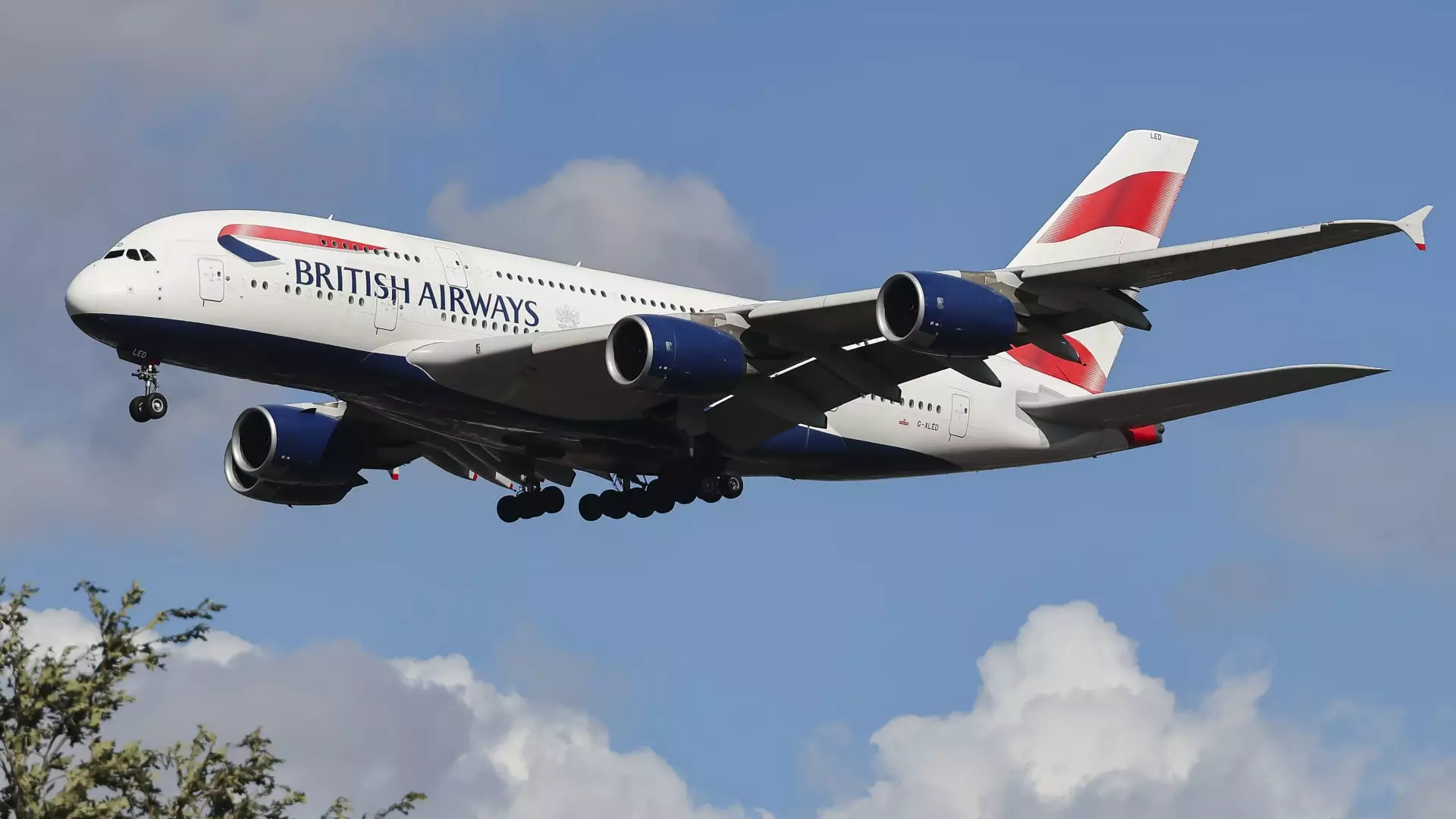The aviation landscape has undergone significant transformations in recent years, particularly regarding major global airlines and their operations in China. Numerous carriers are now scaling back services or entirely exiting the Chinese market, a trend sparked by a confluence of geopolitical issues, rising operational costs, and dwindling demand. Notable examples of airlines withdrawing entirely from China include Virgin Atlantic and Scandinavian Airlines. In 2022, Virgin Atlantic concluded a three-decade-long engagement with Hong Kong, marking a significant departure for the airline industry in the region. Reports indicate that within just four months, at least seven major airlines have ceased operations in China, demonstrating a tangible shift within the market.
The aviation crisis traces its roots to broader geopolitical tensions, particularly following Russia’s invasion of Ukraine. In response to the conflict, the European Union and the United Kingdom imposed sweeping sanctions, including a ban on Russian aircraft, prompting retaliatory actions from Moscow that closed off its airspace to a range of Western airlines. This has led to longer detours for airlines seeking to reach Asia, particularly China, increasing the cost of flights due to higher fuel consumption.
John Grant, an analyst at OAG, has remarked that “the situation is going to get more pronounced before it gets any better,” a sentiment echoed by various industry experts. European airlines are grappling not only with extended flight durations but also with escalating operational costs and reduced efficiencies. Unlike their European counterparts, Chinese airlines, unaffected by the ban on Russian airspace, can operate more direct and cost-effective routes into Europe, offering a competitive edge that has exacerbated the plight of Western carriers.
British Airways has demonstrated a strategic response to these challenges by reducing the size of the jets it operates in and out of China. Larger Boeing 747s are being replaced with smaller B777s and even B787s, a strategy aimed at maintaining a presence on airline route maps while effectively reducing overall capacity. Grant identified such tactical shifts as “no-brainers” in the current aviation environment.
British Airways’ approach isn’t the only example of reallocating resources in response to market demand. As the airline withdraws from less profitable routes, it is redirecting aircraft to cities like Cape Town, where passenger load factors have notably surged from just over 50% to 90%. This strategic repositioning illustrates how airlines are utilizing their fleets more effectively to capitalize on demand in other regions, and it highlights an evolving landscape where flexibility is key to maintaining profitability.
Challenges Facing Inbound and Outbound Travel
Beyond geopolitical factors, the decline in demand for air travel to and from China poses a severe challenge. Economic difficulties and changing travel behaviors have significantly impacted outbound travel from China, while the country’s image as a tourist destination has suffered internationally. In pre-pandemic 2019, over 49 million travelers visited China; in sharp contrast, only about 17.25 million foreigners arrived in the country by mid-2023. This stark difference underscores the urgency for the Chinese tourism sector to revitalize its image and attract international travelers.
The downward trend in air travel demand is further echoed in decisions made by airlines like Qantas, which cited “low demand” as its rationale for scrapping services between Sydney and Shanghai. While the Australian flagship carrier continues to operate services to Hong Kong, the axing of these routes serves as a clear indicator of a strained market.
Despite the challenges facing international carriers, the outlook for Chinese airlines, while cautious, remains hopeful in the long term. Industry experts believe domestic airlines will eventually recover, although the road ahead is laden with obstacles. Notably, the financial distress experienced by some of China’s major airlines—such as a $4.8 billion loss in 2022—signals a need for stronger recuperative measures.
Interestingly, the winter season of 2023-2024 is expected to see an uptick in Chinese operated flights between China and Europe, rising from 56% to 82% of the total market share. This increase is prompted by a notable expansion of flight routes, with 18 new connections introduced, primarily operated by Chinese airlines eager to stimulate economic activity and enhance their visibility in international markets.
As major global airlines continue to navigate rough waters, the combination of geopolitical tensions, operational challenges, and fluctuating demand paints a complicated picture for air travel in and out of China. Companies like British Airways and Virgin Atlantic are redefining their strategies while focusing efforts elsewhere, leaving an opening for Chinese airlines potentially to fill the void left by the retreat of foreign carriers. The evolution of the aviation industry in this context will require adaptation, flexibility, and innovation—qualities that will dictate which airlines are able to emerge successful in the ever-evolving global air service landscape.


Leave a Reply